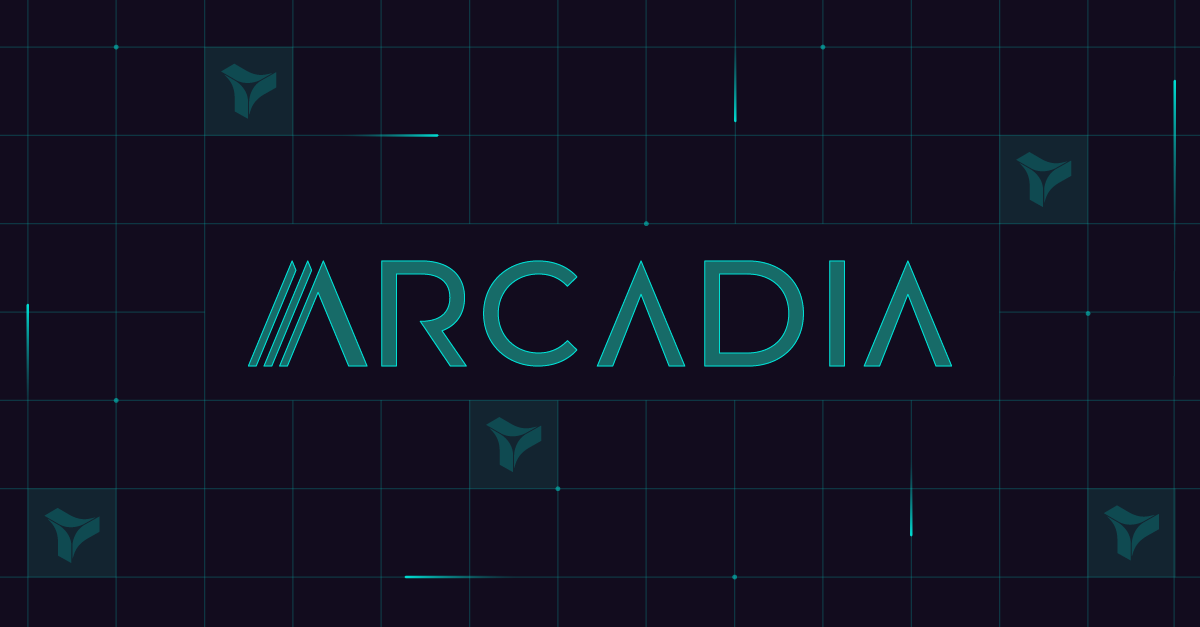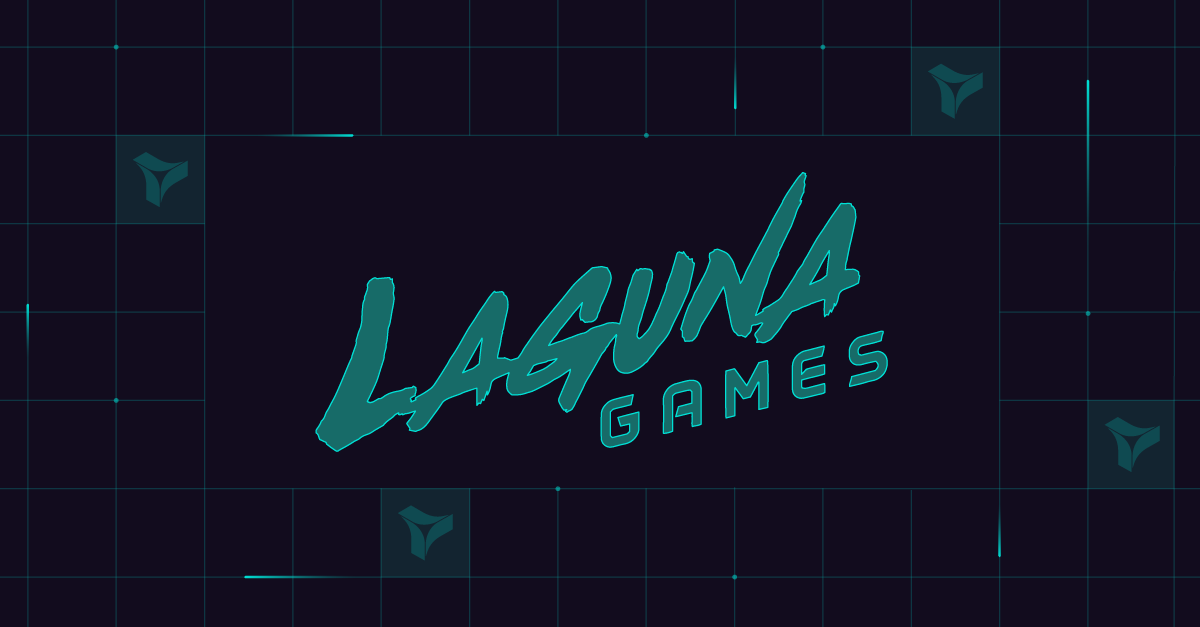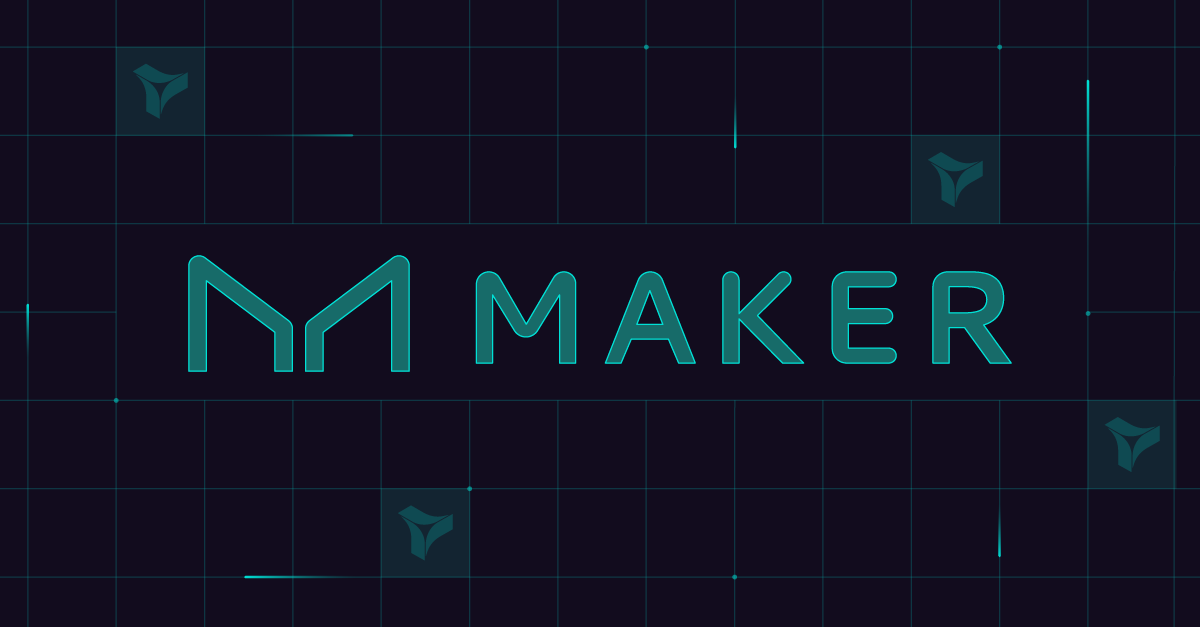How GasHawk Brings More Value to Users With Transaction Simulations
Organization: GasHawk
Website: gashawk.io
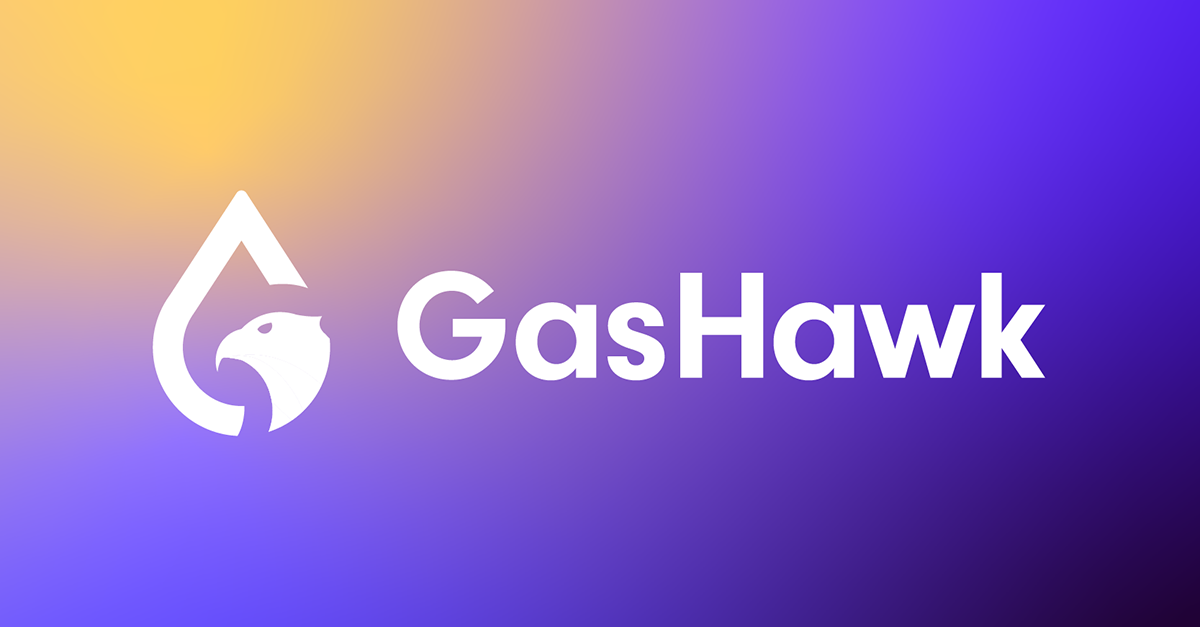
"The integration of Tenderly API was so straightforward and easy and it added this value to our service, which really impressed me.”
Daniel Pfeffer
CTO at GasHawk
GasHawk is a straightforward tool designed to help users save money on Ethereum gas fees. The project achieves this by queuing signed transactions and sending them to the mempool once gas fees are low. Since users submit signed transactions, GasHawk cannot make any changes, ensuring high security.
The GasHawk system is based on a transaction submission strategy that relies on historical data, EIP-1559 knowledge, and other relevant factors. Upon submitting their transactions, users can specify deadlines, maxBaseFeePerGas, priority fees, and other parameters.
Daniel Pfeffer, CTO at GasHawk, shares the team’s vision and insights into how they bring additional value to their users.
Dealing with gas price volatility
Gas fees are highly volatile on Ethereum, with prices going up during bull and high network usage periods. For instance, simple ETH transfers can cost users even up to $20 or $30. Additionally, transactions can easily get stuck in the mempool if users set low gas fees.
With GasHawk, Ethereum users don’t need to deal with gas volatility. Instead, they can just submit their transactions and let the platform determine the best time within their given time window to send them on-chain. GasHawk also offers its API so that automated services can benefit from the savings.
“If you have this stochastic volatility in front of you, you have to pick the right moment, the very right moment to send transactions. Using this approach, we are able to save on gas fees for our users”, explains Daniel Pfeffer, CTO at GasHawk.
To facilitate gas payments, the GasHawk system runs an RPC proxy service that collects signed user transactions. Instead of sending them to the mempool immediately, GasHawk queues transactions in its transaction manager through its API. The underlying strategy system then determines the right time to send transactions on-chain, scheduling them for time slots when gas prices are low.
So far, GasHawk saved on average 30% on gas fees for the processed user transactions. During high volatility times and with deadlines up to 24 hours, GasHawk even achieved more than 90%. And also during low-fee times, GasHawk can still successfully navigate while achieving savings between 10 and 20%.
Offering value beyond gas cost savings
However, for the GasHawk developers, saving on gas is only one part of their vision. Since GasHawk lies between users’ wallets and the Ethereum network, the development team is in a unique position to offer additional value to their users. The team wants to make their service accessible to every Ethereum user while ensuring gas payments are user-friendlier and more cost-efficient.
So, in addition to helping users save money on gas, GasHawk also:
- Provides protection against failed transactions through transaction simulations.
- Protects against transactions stuck in the mempool when there’s a maxBaseFeePerGas setting that would prevent the transaction from inclusion.
- Allows users to send their transactions to a private instead of the public mempool, e.g. Flashbots Protect.
Further items on their roadmap are:
- Checking whether a transaction interacts with blacklisted services and protecting the user from losing funds.
- Detecting whether a transaction has unintentional consequences, such as giving a large approval on an ERC-20 token or NFT collection.
- Blocking or automatically failing transactions with other undesirable effects.
Protecting user funds with transaction simulations
GasHawk has managed to bring a lot of value to Ethereum users since the project went live in September 2022. To achieve this, in addition to developing their own system and strategies, GasHawk developers also integrated Tenderly’s Simulation API into their core service.
“The integration of Tenderly API was so straightforward and easy and it added this value to our service, which really impressed me”, says Pfeffer.
The Simulation API allows GasHawk to preview pending user transactions before sending them on-chain. This integration enables the GasHawk development team to:
- Improve the user experience on their platform by removing anxiety among users.
- Protect users’ funds by preventing failed transactions from being sent to the chain.
- Take precautionary measures if they identify transactions with undesirable effects.
- Cater to their highly technical audience by exposing simulation data for additional insight.
“Tenderly is adding a lot of value for the more technical audience we have. We’re quite a technical product and we’re pulling the more technical people of the community, such as developers who’re deploying smart contracts on-chain. We know they’re interested in these deeper insights and they also want to know whether transactions would succeed and be worth the cost before actually sending them”, says Pfeffer.
Integrating Simulation API
GasHawk acts as a standard RPC provider that’s accessible to any Ethereum user. You can connect it to your MetaMask wallet and add GasHawk as your chosen network. Then, when processing your transactions, the GasHawk team makes Tenderly’s Simulation API accessible, showing you exactly what to expect from their execution.
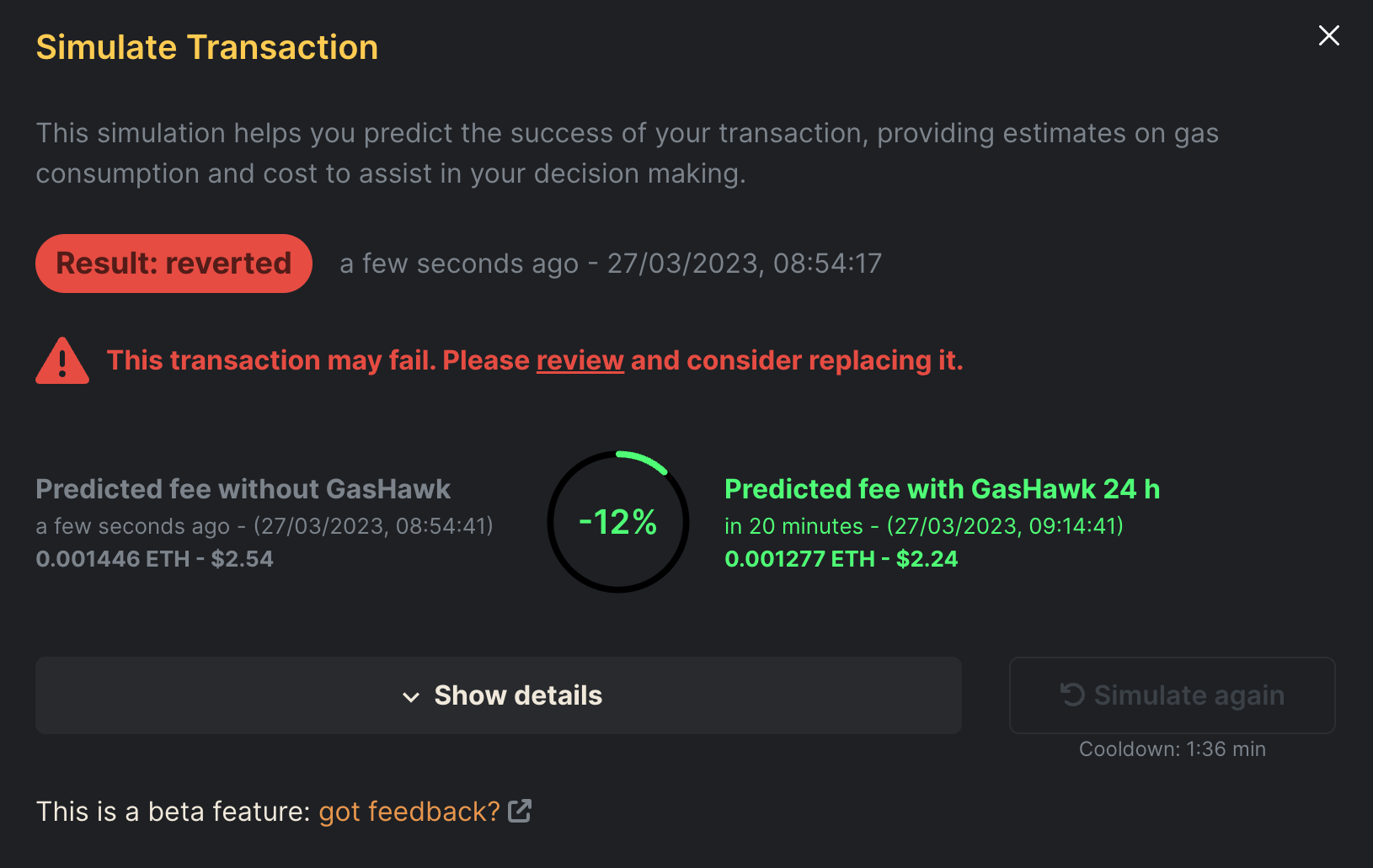
The user can let GasHawk send transactions to Tenderly’s Simulation API through the GasHawk Dashboard. The API returns simulation data, including the actual gas usage of a transaction. The GasHawk team uses this data in combination with their own insights and predictions to handle users’ transactions.
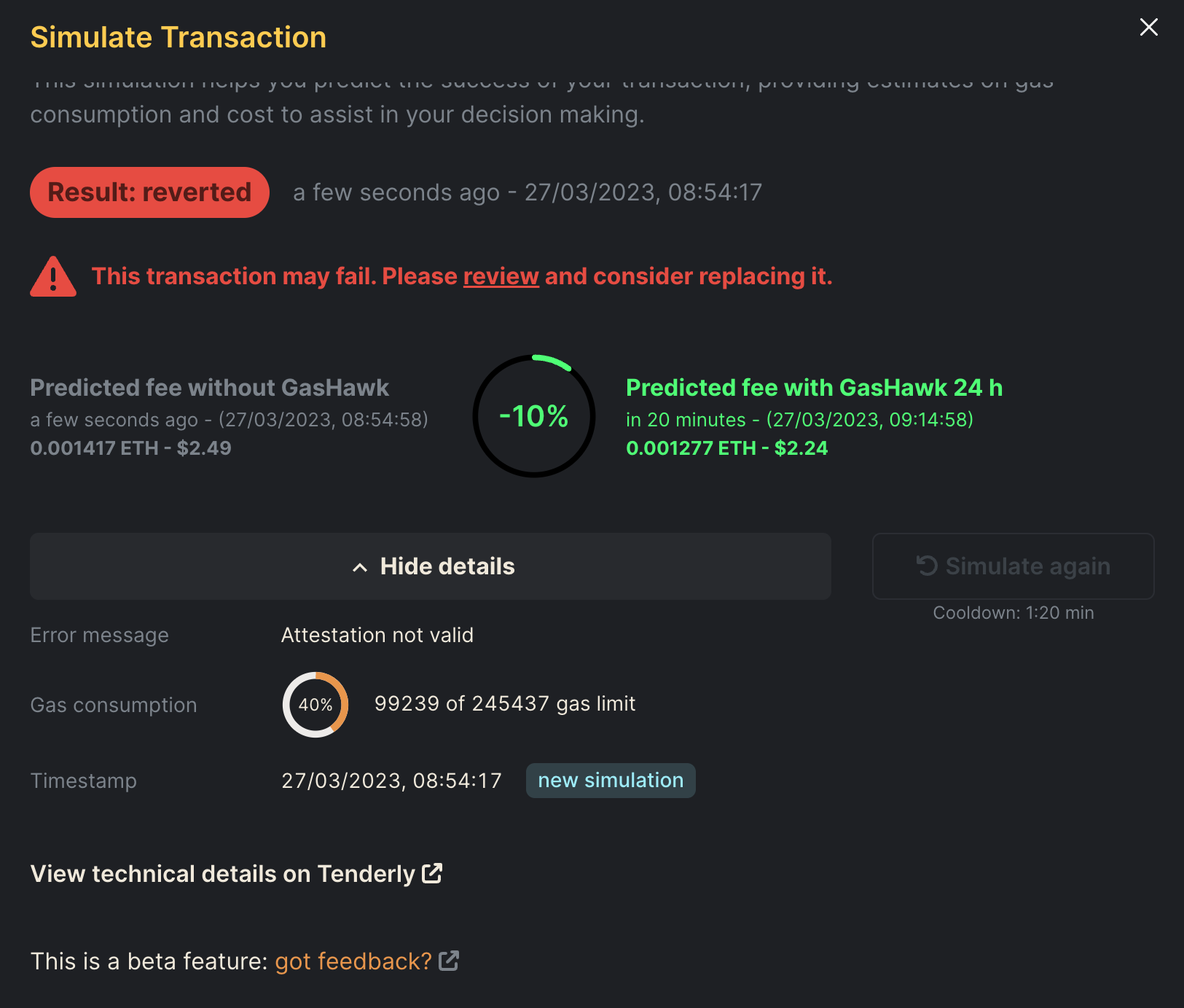
If a simulation gets executed successfully, GasHawk schedules a user’s transaction for a low-cost time slot. If not, the platform issues a warning, advising the user against sending the transaction. GasHawk also persists simulation data and allows users to inspect transaction execution in detail on Tenderly.
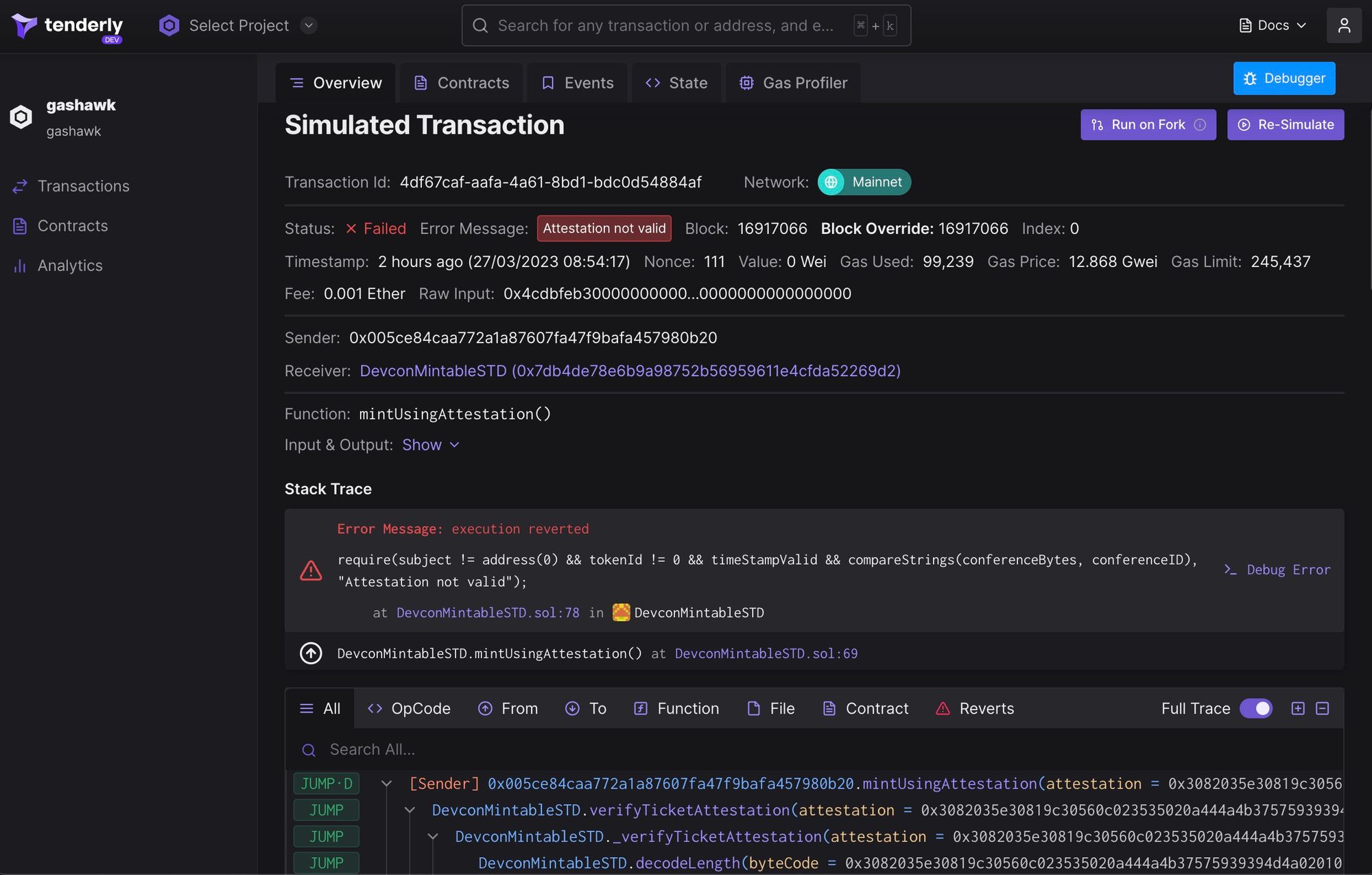
Empowering users with transaction simulations
The unpredictability of the Web3 space brings highly volatile gas prices, which often makes gas calculations complex and time-consuming even for technical users. Underpaying for gas, having transactions stuck in the mempool, and losing money can deter users from using the blockchain altogether.
GasHawk strives to eliminate this unpredictability, brings precise gas estimates, and helps users save money. Through the integration with the Simulation API, the GasHawk system estimates the actual gas usage of users’ transactions while also preventing failing or malicious transactions from being sent to the chain. GasHawk then uses this information to protect and save users’ funds.
If you’d like to try transaction simulations, take a look at some additional examples of projects that use Tenderly simulations:
- Safe allows users to simulate multisig transactions.
- Instadapp enables users to run the dapp in demo mode.
Then, create a Tenderly account for free and start bringing more value to your users.
